Recent Posts
- Other distractions: Internet Relay Chat
- A Monday Miscellany of Links pt. XVII
- [Das Schwarze Auge] Some interesting social skills
- [Labyrinth Lord] Tomb of the Serpent Kings Session 1 (also MapTool)
- [Review] Stirring the Hornet’s Nest at Het Thamsya
- RPG Magazine Recon pt. 1 – Dragon Magazine 63, 74, 104, 114
- A Monday Miscellany of Links pt. XVI
- [Video] The BBC on D&D in 1983
- A Monday Miscellany of Links pt. XV
- Campaign Starter: The Retinue
Top Posts
- [Wargame] A Sky Full of Ships
- Roleplaying on Terry Pratchett's Discworld
- Down and out in the city of Ankh-Morpork
- List of RPG Companies
- [Labyrinth Lord] Campaign on the Borderlands - Session 1
- [Labyrinth Lord] Campaign on the Borderlands - Credit where credit is due
- [Art and Inspiration] The Arabian Nights as illustrated by Virginia Frances Sterrett (1928)
- [Worldbuilding] Paean to Vance
- Going off tangent: British money still is weird
Categories
- Art and Inspiration
- Board Games
- Call of Cthulhu
- Circûmflex
- Das Schwarze Auge
- Discworld
- dungeons and dragons
- Events
- Game Design
- game report
- Hârn
- Labyrinth Lord
- Links
- Magazines
- Miniatures
- Movies
- Obscure Games
- One Page Dungeon
- osr
- Over the Edge
- retrospective
- Review
- Roleplaying
- Scenario
- Shadowrun
- Starships and Spacemen
- Stuff
- Tools
- Traps
- Traveller
- Uncategorized
- Video Games
- Wargames
- Worldbuilding
Search Blog
Archives
Me on dice.camp
- Untitled May 9, 2024 9:00 pmto defend Poland and Lodz a bit, the city really has used taxes and EU funds well, and the city looks quite far from the decrepit state I encountered when I came here first in 2008.
- Untitled May 9, 2024 8:58 pmso a substitute teacher somehow thought it was a good idea to ask my kid's class what their thought about their home country were. They had to write down 4 things. I am not sure she expected the results, my son's friend (6yo), the little tiny shy mouse that he is, managed to sum it up with: *broken pavement *dirty streets *ugly buildings *people stealing numberplates and just bribing their way out of troublegood lord, that kid is a natural born cynic if I have ever seen one.
- Untitled May 9, 2024 4:03 pmgoogle is getting worse and worse in areas I didn't expect them to get worse. A mail my wife sent me 2 hours ago somehow only now arrived.
- Untitled May 9, 2024 3:52 pmI was absolutely useless the whole day. I think I managed to catch the cold my wife had the last few days.
- Untitled May 8, 2024 4:57 pmIt occurs to me (for a while already) that something is going wrong when the result of working on a successful media property is getting fired and the company closed. They most likely can do a tax writeoff like that. #gaminghttps://www.pcgamer.com/gaming-industry/making-good-profitable-games-will-no-longer-keep-you-safe-games-industry-expresses-fury-and-heartbreak-over-closure-of-hi-fi-rush-and-prey-studios/
- Untitled May 8, 2024 4:05 pmThere is this mother on the playground who was just discussing stuff with her daughter and then her daughter was doing whatever she wanted anyway. That look of resignation on her face was like I was looking into a mirror.
- Untitled May 8, 2024 6:32 amthat's some mighty fine police work there. mighty fine.https://www.cbc.ca/news/canada/newfoundland-labrador/lush-body-found-in-truck-1.7196616?utm_source=fark&utm_medium=website&utm_content=link&ICID=ref_fark#news #ontario
- Untitled May 7, 2024 12:39 pmcan be checked out here: http://ereborbbs.duckdns.org:9000/?join=idlerpgoriginal code is available on this 20 year old page: https://idlerpg.net/ (including a manual)
- Untitled May 7, 2024 12:37 pmgot reminded of #idlerpg when looking around LiberaChat before, so I decided to check out if I can get it running on my own little #irc server.Turns out yes, it's barely a problem to set it up. It's not exactly useful as such (it's literally a game that punishes you for interacting with it), but it's running.
- Untitled May 7, 2024 11:53 amQuiet quitting is over, meet quiet hiring, which is...*reads article*...companies actually training their employees....Huh.Are they all gone stupid or something? And this is why noone takes managers serious anymore. THATS WHAT YOU WERE SUPPOSED TO BE DOING!#work #managementhttps://www.euronews.com/next/2024/05/01/quiet-hiring-is-silently-revolutionising-the-workplace
- Untitled May 6, 2024 9:09 pmI think it might have been because we used the rather convenient proxy for connections it offers.
- Untitled May 6, 2024 8:28 pm#maptool is great when it works, when the server stops working in the middle of the game it's less so. #ttrpg
- Untitled May 5, 2024 3:56 pmSigh. Kids. Trying to get them to go out and play in the fresh air got delayed so much by various arguments that the outing got sunk by a thunderstorm when we finally managed to get to the place they could agree on.
- Untitled May 5, 2024 12:42 pmI never actuall read the Feist novels either. maybe I should
- Untitled May 5, 2024 12:41 pmlooking towards adapting City of Carse for my games. I've had it for ages, but when I last checked it it didn't suit my campaign's mood. Now I think I am going to have a look at it again. Will have to remove the Midkemia references though.By the way, did you know that Reymond E. Feist's Riftwar novels started out with a #dnd campaign (which crossed over with #tekumel?)https://en.wikipedia.org/wiki/The_City_of_Carse#ttrpg
- Untitled May 5, 2024 11:33 amI think what I find most offensive about the whole discussion I had earlier was the use of #AI to flood the discussion with autogenerated drivel that the other wanted me to put time and effort into. It makes me really, really angry. And I think this will become much more common soon enough. Can't find any argument? Just generate 10 responses you didn't put any effort into. Drown out the other voice. What is their opinion against your skill to open #chatgpt?
- Untitled May 5, 2024 11:08 amactually, I am not categorically against nuclear power, I am just against nuclear shills that try to minimize the dangers it has with bad faith arguments.
- Untitled May 5, 2024 10:44 am...especially no argument that includes putting a glorified steam engine into your area that might make your whole region uninhabitable if it blows.
- Untitled May 5, 2024 10:37 amif i noticed something when talking with outspoken pro-nuclear people it's that you really can't trust anything they say. they are intellectually bankrupt, will use all kinds of shady argumentation tactics, ad hominems, and can't even be bothered to write their own arguments (instead using AI for that)but they do expect you to provide sources. I wouldn't trust anything from them#nuclear
- Untitled May 4, 2024 9:26 pmTo be fair, the guy I was responding to is clearly a shill account. His timeline consists of inspirational quotes alternating with shilling for nuclear energy. Stuff like "oh how dumb were the people of Fukushima to evacuate when the radiation dose would totally have been survivable"


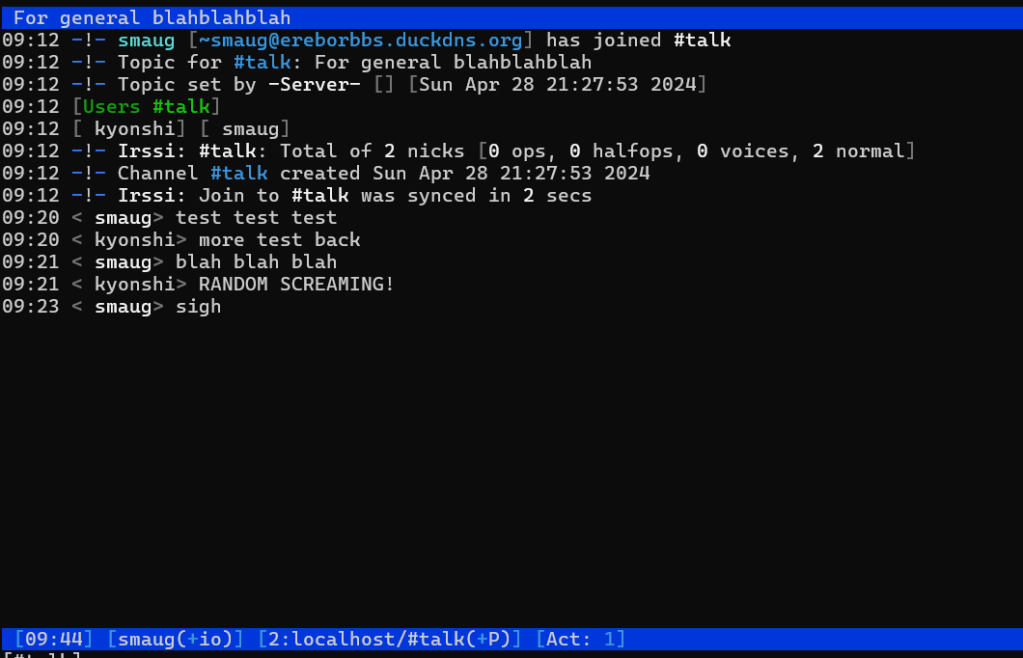

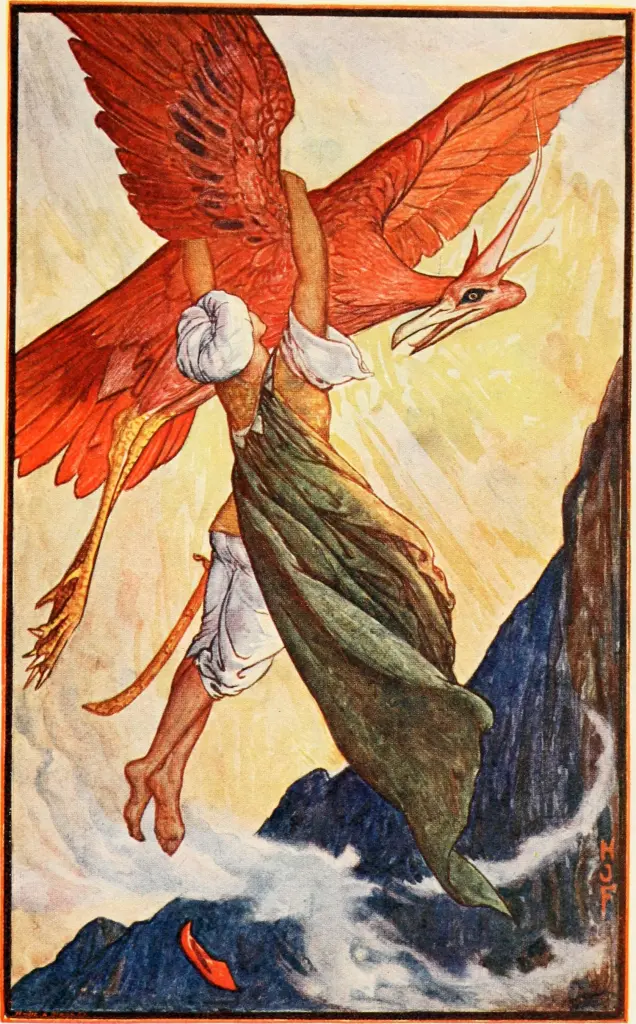
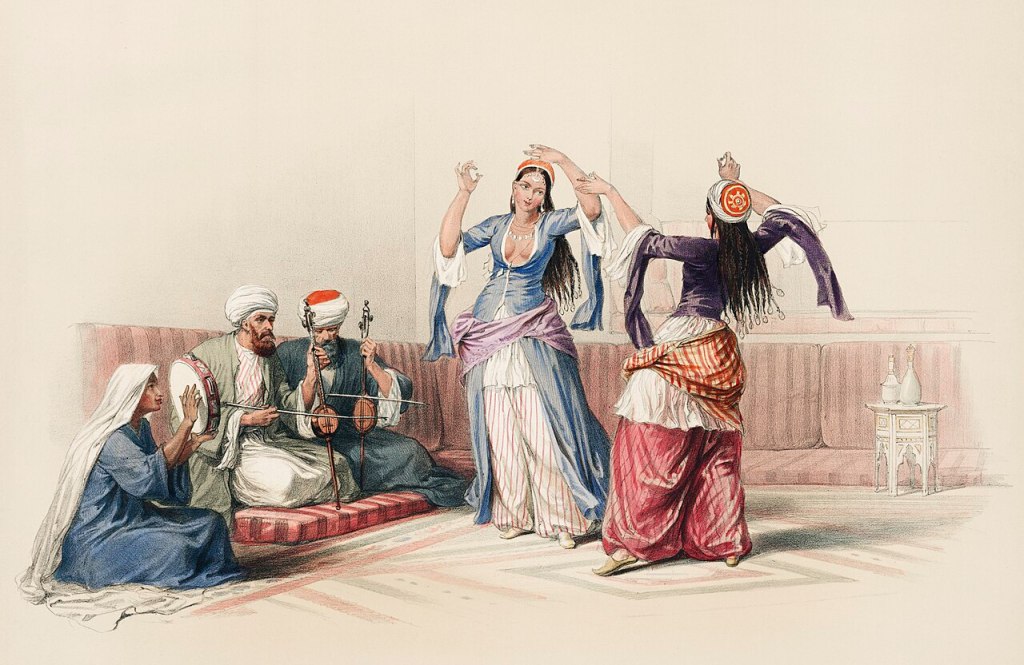
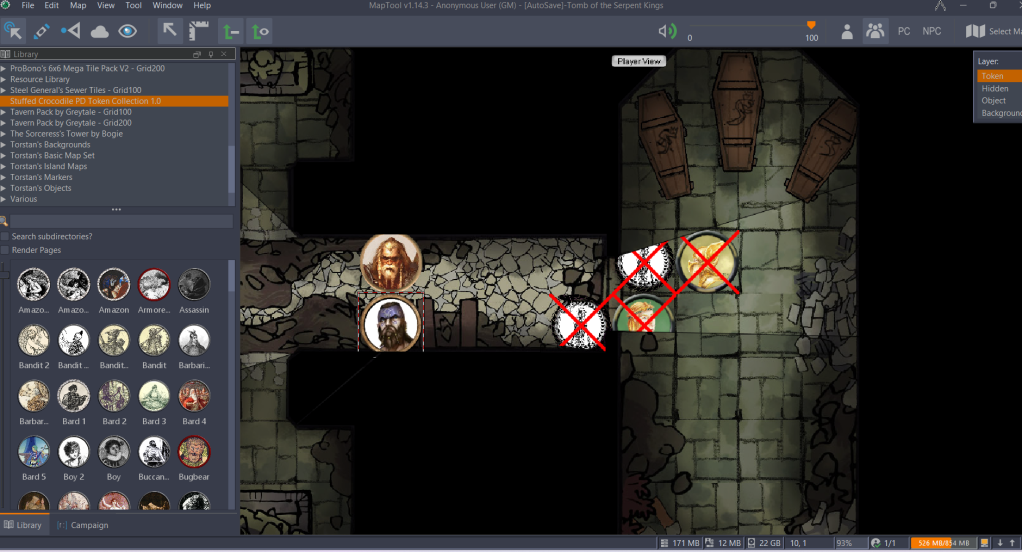
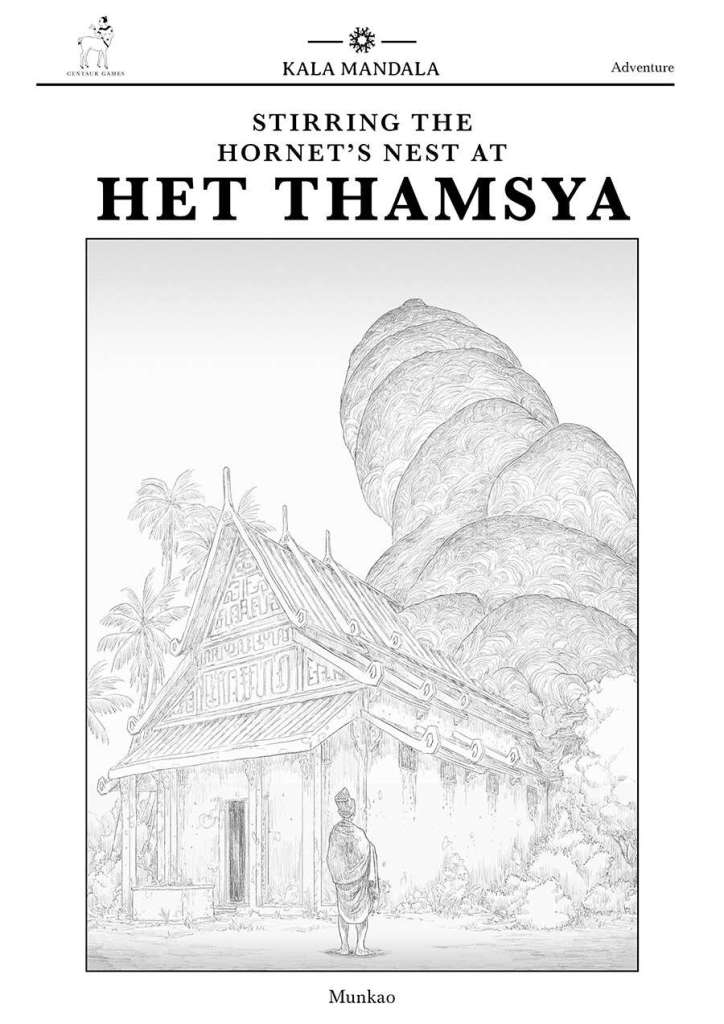

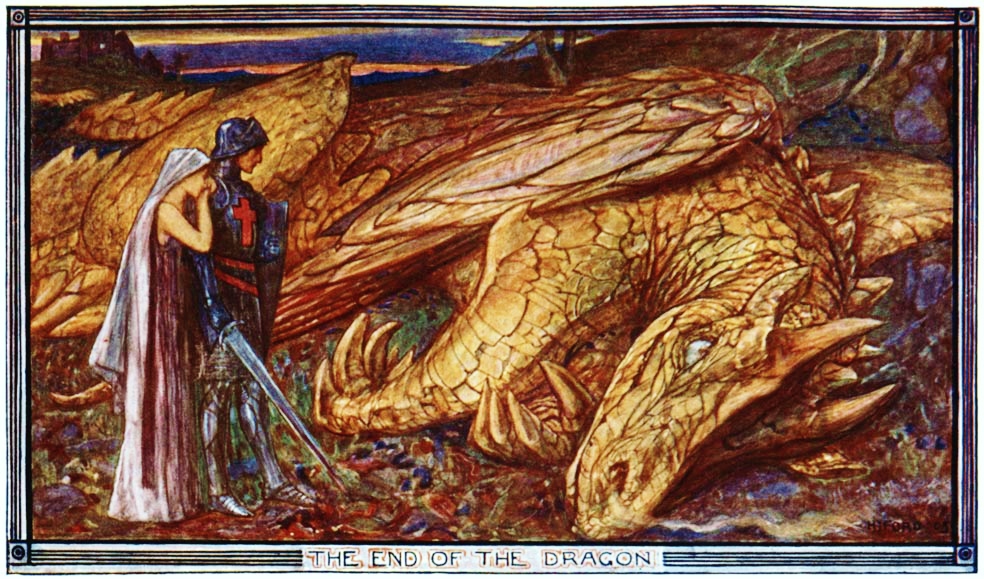
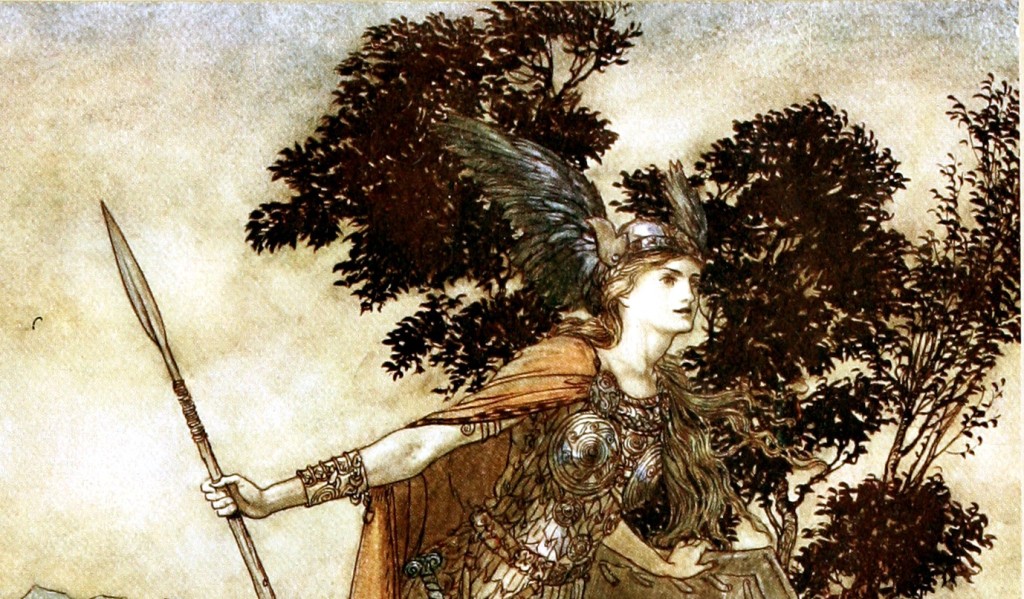


2 responses to “Campaign Starter: The Retinue”
@gmkeros.wordpress.com Oh, I like this, that's fun 🙂
LikeLiked by 1 person
@JubalBarca @gmkeros.wordpress.com I think it might be a cool way to start something with. there should be lots of variations on that theme.
LikeLiked by 1 person